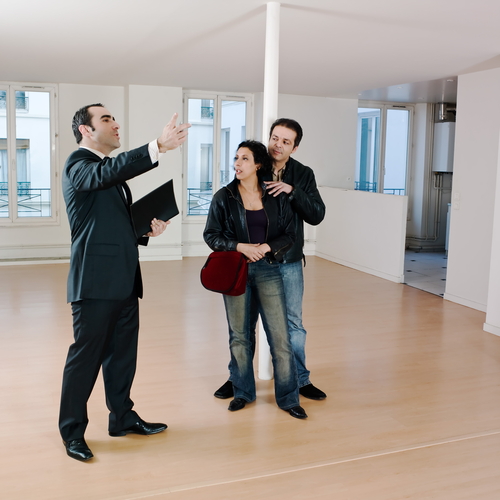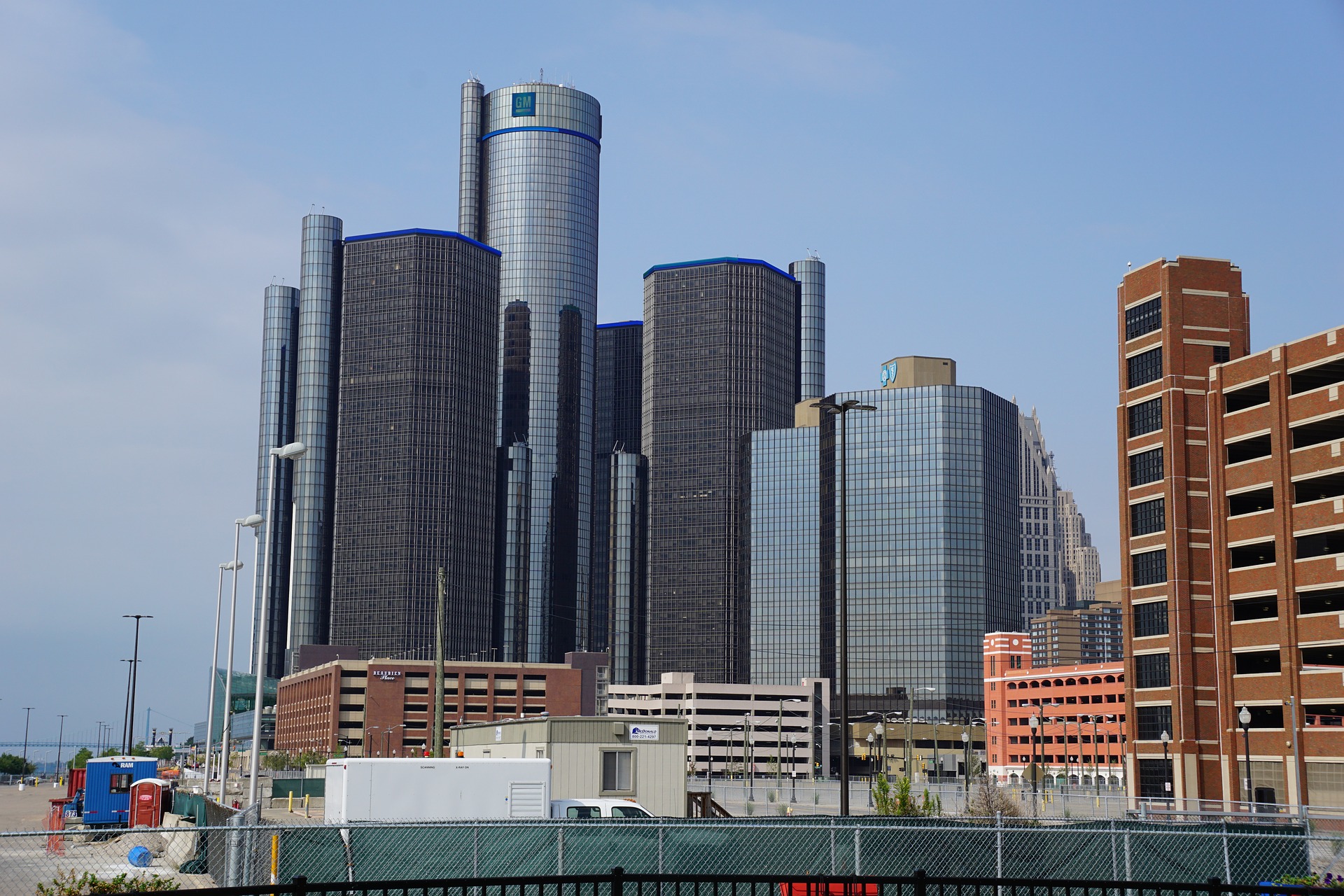Buying an apartment for the first time can be thrilling. Especially with so many choices and each one has unique features and lovely decorations to consider. However, the design of an apartment shouldn’t be the sole factor when purchasing.
Purchasing an apartment in Brunswick is a massive undertaking especially with your finances. Therefore, you need to consider that the property should have undergone a thorough inspection. This will help to identify possible problems that can occur.
To avoid disappointment later on, here are some inspection tips that you need to conduct before buying an apartment:
1. Consider the Location of the House:
Before going inside and inspecting the inside of Brunswick apartments for sale, you should first check their location. It’s vital to be near lifestyle attractions such as cafes, parks, shops, and transport. If the property is near said attractions the value of the property is higher, especially when you plan to sell it in the future. On the other hand, if the location is poor, you may have to sell the house at a lower or discounted price. Moreover, your future property may even take longer to sell.
However, if the location of the property is too close to petrol stations, busy roads, train tracks or any other dangerous things, you should reconsider. Having this kind of location may be unattractive to potential buyers as it’s deemed ugly and hazardous.
Most importantly, you should choose a location that’s suitable to your lifestyle and adds up to your investment.
2. Inspect the Exterior:
After considering the property’s location, the inspection must start from the exterior of the house. You must check the conditions of the fences, outbuildings, gates, weatherboards, and roof. The exterior is the first part of the house that can give an overall appeal of the home. Whether it’s taken care of or not, it can also show years of usage and whether it’s still livable. Therefore, you need to check on the following exterior of the house before going inside.
Here are the things you need to inspect outside of the house:
- Any cracks on walls might indicate faulty taping or structural problems that may be hazardous.
- Signs of leaks or rain damage could pose fire threats from damaged wires or health risks from mold and mildew.
- State of wiring when in a bad condition can cause expensive replacement or installations aside from being a fire hazard.
- Blocked drains, bathrooms and other outlets can cause accumulation of stagnant water in pipes that serve as the breeding ground of mosquitoes or other insects carrying diseases and germs.
3. Check for Interior Issues:
Going inside lets you see what issues are in the house, whether these issues are fixable or irreparable. You should start inspecting from the basement as it’s a critical area that can have the most significant problems such as the heating system, plumbing pipes, foundation, and structural support of the house. Therefore, if the property is being sold as is, there may be issues around. So thoroughly inspecting the inside can help you decide whether to continue purchasing it or not.
Also, the interior can show you the floor plans of the apartment. Floor plans are indications of an apartment’s interior as it communicates the flow of the apartment’s space.
Here are ways to check the most major interior issues of an apartment:
- Heating system – check whether the heating system is past its life expectancy. This can be done if it’s emitting strange noises or smells, or blowing inconsistent hot or cold air to the temperature settings.
- Boiler – examine the bottoms and sides of the tank to check if water is leaking or if the boiler is old and cracked. A leaking boiler can cost expensive repairs and can cause a short circuit.
- Foundation – cracks in the structural foundation can cause fracture or crumble of the property when not immediately repaired. Warning signs include windows won’t close or they stick completely.
4. Review Titles:
The Title or Certificate of Title is something else to check before buying. Check the title that should contain the registered owner, its mortgages, covenants, easements, etc. Other details in the title that you need to check are easements or restrictions to the property, or caveats as it may mean that someone may claim the ownership. This is why it’s important to check first before buying.
Conclusion:
Buying a Brunswick property doesn’t rely on the physical appearance of the apartment in the listings. When you buy a condo without personally inspecting it, you can end up spending more than what you’ve paid. Therefore, these inspection tips will help you choose apartments that are worth your money.
Read Also:























